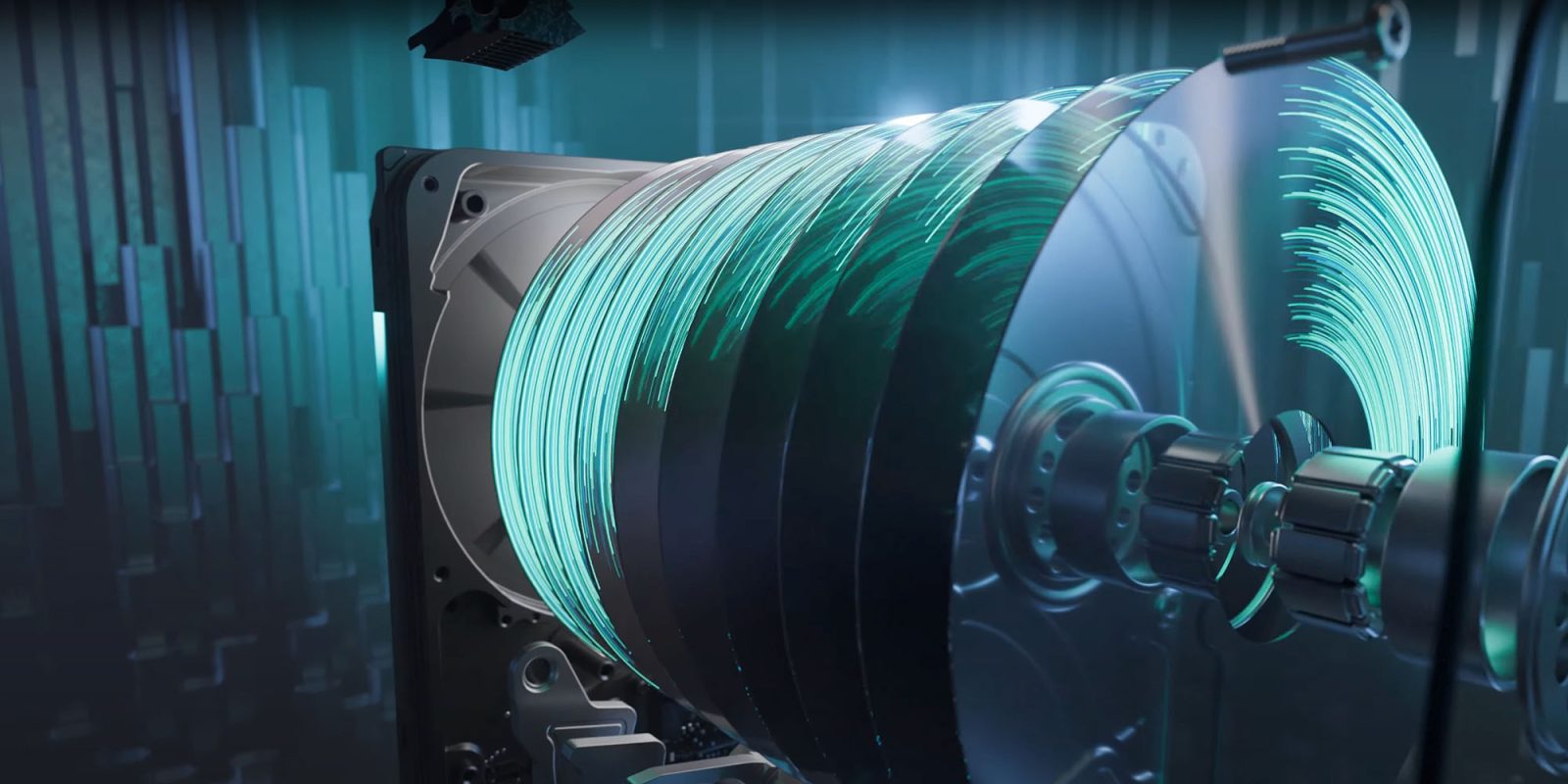
Seagate is finally offering its largest-ever hard drive – a staggering 32TB in a single drive, made possible by tech which uses lasers to heat and cool tiny sections of a platter in a nanosecond …
Seagate has been working on heat-assisted magnetic recording (HAMR) technology for 17 years now, and said last year that it had finally cracked it. The Mozaic 3+ 32TB drives have now entered mass production and are about to go on sale.
The company explains the problem of trying to squeeze ever more data onto a disk platter.
To increase hard drive capacity, engineers try to fit more data bits, or “grains,” onto each disk platter — they increase the density of bits crammed into each square inch of surface space. More bits on a disk means more data can be stored.
But when bit density is increased, the grains are closer together — so close that the magnetism of each grain can affect the magnetic direction of the grains near it. The stability of each grain at normal temperatures (“thermal stability”) becomes a problem; the only way to fix that is to manufacture the disk platter using new materials that make grains more thermally stable, so the grains will not influence each other.
This solution works — it makes each bit very stable even at room temperature — but it introduces a second problem: how do you force a very stable bit to change its magnetic direction when you want it to? How do you write new data onto the hard drive, if the grains are thermally very stable?
The company long ago decided the solution was to momentarily heat a microscopic section of the disk, just large enough to write a single bit of data to it. It came up with this HAMR approach back in 2007, and has been working on it ever since.
To write new data, a small laser diode attached to each recording head momentarily heats a tiny spot on the disk, which enables the recording head to flip the magnetic polarity of a single bit at a time, enabling data to be written. Each bit is heated and cools down in a nanosecond, so the HAMR laser has no impact at all on drive temperature, or on the temperature, stability, or reliability of the media overall.
Seagate last year said it had successfully made a HAMR drive, and has since made them available to a few select customers. The Mozaic 3+ are now entering mass production.
Tom’s Hardware notes that Western Digital is using similar tech known as energy-assisted perpendicular magnetic recording (ePMR) to offer its own 32TB drives. This also heats the platter, but uses an electrical current rather than a laser to do so.
Right now, the drives are targeted at enterprise customers for data center use, but as with all storage tech, we can expect them to filter down into consumer products over time.
Image: Seagate
FTC: We use income earning auto affiliate links. More.





Comments